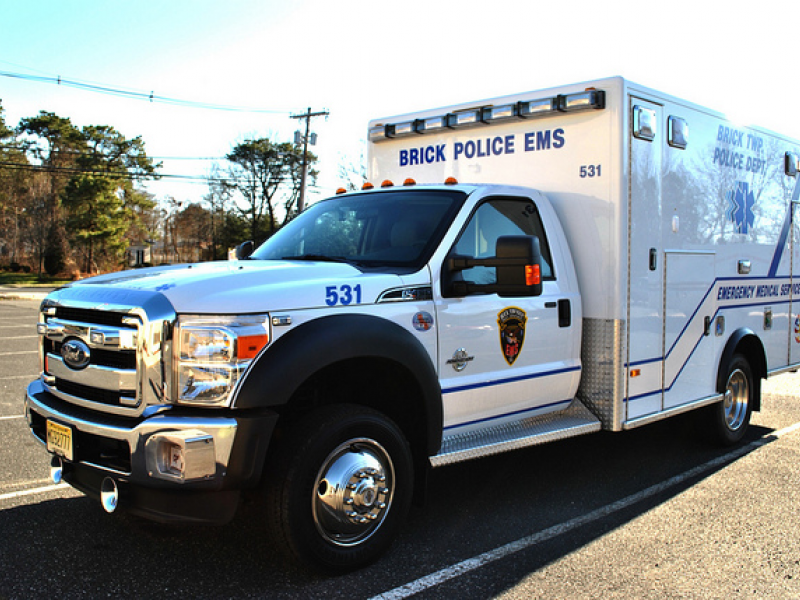The Brick Township Police EMS squad is generating revenue following a move by the administration of Mayor John Ducey to accept the full available payments from Medicare for ambulance service.
Police Chief James Riccio, during a presentation of his department’s budget Tuesday night, said the EMS squad was supported by $1,163,147 in salaries and $202,437 in overtime last year, but was revenue-positive. The squad generated $1,584,318, which is $218,718 more than what was expended in salaries.
Of the 9,376 EMS calls Brick handled last year, the paid EMS squad handled 8,455 . Brick also has a township-wide volunteer squad.
|
|
The profit in 2015 represents the first full year under which the squad has been operating under the new fee schedule. In June 2014, officials passed an ordinance raising the fees. Previously, a ride in a Brick Police EMS was billed at $650 to Medicare, even though the plan would pay $800. Additionally, Medicare pays $30 per mile but Brick charged $10 per mile.
The squad charges only what insurance companies will pay. Patients who do not have insurance, or whose insurance does not pay the full amount, are not charged additional fees.
Police Budget Stable
The police budget as a whole will drop by 2.8 percent this year. The department spends $16,272,000 in salaries and, last year, $1,170,000 on overtime. This year, Riccio said the department has requested its overtime budget at $1.2 million but hopes to reduce spending. He said he has reassigned a sergeant from the Community Policing Division to the midnight shift and assigned drug cases to the Selective Enforcement Team when Drug Unit detectives are off duty. Previously, overtime funds were expended to call in off-duty Drug Unit detectives.
The department is also expanding the number of Special Class I officers it employs so those officers – paid significantly less than full-time officers – can handle court security in addition to booking duties, which were assigned to them last year.
The department’s budget for 2016 is proposed to be $21,770,501, a reduction of $485,585 compared to 2015.












